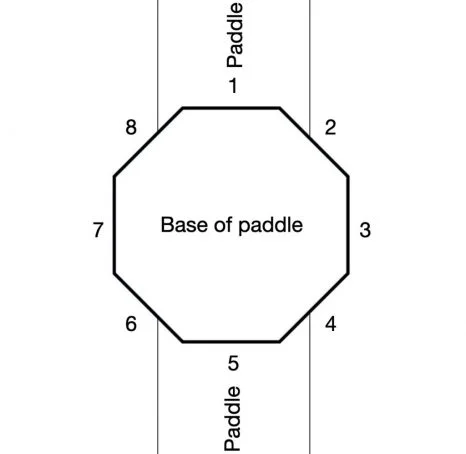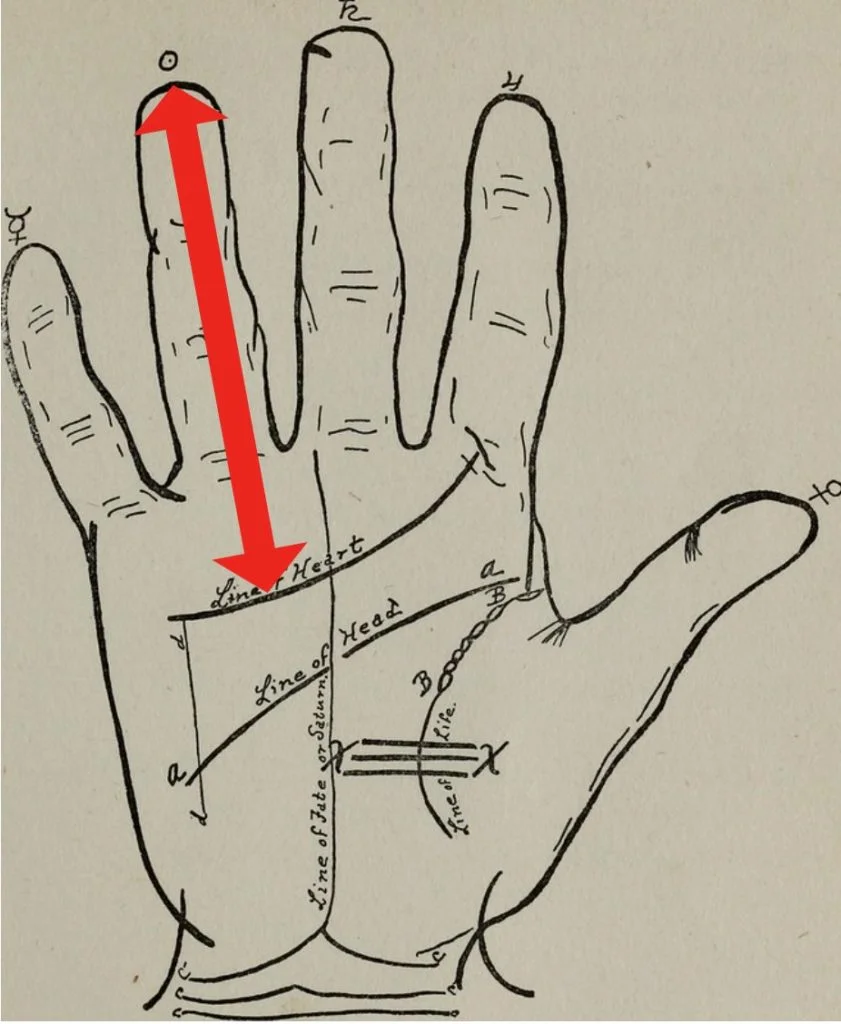Unlike in tennis where you likely have time between shots to switch your grip a bit between backhand and forehand, pickleball is much faster.
You won’t have much time to switch your grip up between shots (usually) so you will need to settle on one grip that can serve you well most of the time for both back hand and forehand shots — and everything in between.
That said, as you progress you should develop the skill to slightly alter your grip depending on the shot and situation.
This is one of those seemingly small fundamentals of the game that can get you improving your game much faster.
Looking to improve your game?
Check out this excellent pickleball video training course from High Performance Pickleball Academy. (Affiliate link) They break down the game into 8 key skills and instruct you on how to master them.
Make sure to work on your grips the next time you are drilling with a machine or drilling by yourself or with a partner.
While we’re on the topic of the grip, you should also evaluate whether you need to replace your grip or put an overgrip on your paddle’s grip. I wrote up some great options for the best grips and overgrips here.
First up, it’s easier to gauge where your hand is positioned if you have a paddle with an octagonal base/shape with bevels. This helps with positioning and helps you feel where you are holding the paddle without looking at it.

What is the continental grip?
Here we’re starting with what is likely the most popular and best grip to use for most people. This grip is probably your best bet.
Grab the paddle like your shaking hands with a hammer handle in order to hammer a nail so that the thin edge of the paddle is the hammer head.
If you look at the diagram above, when you grab the paddle, the knuckle at the base of your first finger should be on the 2 of the above diagram if you’re holding your paddle out in front of you as pictured and you’re right handed. If you’re left handed that knuckle should be on the 8.
As you hold your paddle perpendicular to the ground out in front of you, you should see that your thumb and forefinger form a V.
This one is good for players who are playing pretty much equally between forehand and backhand. But the way your hand is positioned with your knuckles facing the net, you might like hitting backhands more.
There are 2 other variations to this standard/neutral continental grip: the weak and the strong. For the weak (Again if you’re right handed) that V I just talked about will be pointing to the left because your hand it wrapped further around to the left. For the strong the V points to the right, so that your knuckles are pointing more towards the ground.
The paddle should be held by your fingers and there should be a finger or so of space between your palm and your fingers when they are wrapped around the paddle handle. Don’t wrap your whole hand around it so that the paddle grip is buried in your palm.
Be sure not to let the paddle slide too deep into your palm.
If they are too close even when holding it correctly, you should look to buy a grip to add to the handle in order to bulk it up and make it the correct size. To get the correct size for a grip measure the distance between the tip of your third finger and the heart line crease of your palm.

If you are buying a paddle and can’t decide between two grip sizes get the smaller one – then if you find it too small you can always buy something like Gamma Supreme Overgrip (Amazon affiliate link).
So if you’re holding the paddle with a neutral continental grip you should be in great shape for most shots including forehands, backhands and both drive shots and dink shots.
The strong continental is great for really strong overhead shots or strong drives from the baseline. You can really get all of your power behind the shot when you are employing a strong continental because your palm is behind the paddle grip and it gets your whole arm aligned behind the paddlle face to drive the most power.
The Western grip
To hold a paddle with a western grip, grab the handle of the paddle like a fly swatter like you were going to swat a bug in front of you. With a full western grip you’ll find your forearm is perpendicular to the plane of the paddle face. A semi-western grip is not quite perpendicular.
A lot of beginners will employ this kind of grip. It lends itself well to forehand shots, but can be pretty awkward for backhands. Some players will then use a two handed backhand grip to account for the awkwardness of the angle of the paddle. You probably want to avoid this grip.
It makes forehand dinks and low, soft shots tough. If you find yourself holding the paddle like this you should work to move to a continental grip.
Eastern Grip
In this one your index finger knuckle would be on bevel 3, not bevel 2 — it’s somewhere in between the hammer (continental) and fly swatter (western) grip where it is a bit of an angle. Since it’s in-between, it’s a good compromise that sets you up well for both forehand and backhand shots if you are having difficulty with the continental grip.
This one is a bit better for forehand and hard volleys, but can still be a bit awkward when hitting a backhand like a western grip. The positioning is closer to a continental grip but has a slight angle to the face.
If the descriptions and images aren’t enough, these two videos will show you some good visuals for these various grips:
How your index finger can help you know the angle of your paddle during a swing
If you want to have a better feel for the angle of your paddle when you’re swinging, extend your index finger (you can also extend both your index and your middle finger) straight so that they lay a bit on the face of the paddle. This will keep you aware of the angle of your paddle and give you better control.
If you prefer, you could instead extend your thumb out on the other face to get a similar effect.
Be careful that your fingers/thumb are not sticking too far out onto the face of the paddle or your fingers may get in the way of hitting the ball cleanly off the face. This grip isn’t for everyone so play around with it and see if it improves your control — if you are hitting balls with your fingers too much, you should switch back.
Grip pressure: How hard should you grip the paddle?
If you’re a beginner, don’t overlook the tightness of your grip. I know when started out I found myself gripping the paddle WAY too tight. But with time as I got more comfortable and played more, I became more conscious of my grip and loosened up.
Most beginners will grip their paddles too hard at the beginning. This will cause stiffness in your arm, your shots to have less power than they would and erratic hits.
Also with a lighter grip you will
- have a better feel for the ball when it hits the paddle
- be able to hit more delicate, soft shots and dinks when you need to.
Your grip should be very loose. Do not grip your paddle hard or you will tire yourself out and you won’t play as well with as much control. Take note throughout practice and your games of how firmly you are gripping your paddle. If you’re just starting out, you will probably find yourself regularly gripping it too hard.
If 1 is barely holding onto the paddle at all and 10 is a death grip you should aim to be holding it at at 3, 4 or 5. When you hit a soft shot you can keep your grip at that strength — and if you are hitting a hard drive or overhead shot you can grip a bit harder but don’t grip as hard as you can! You should not have a death grip at any time!

